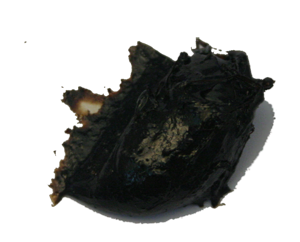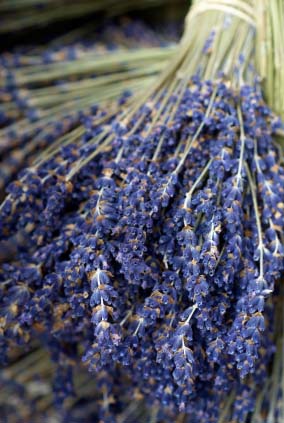Infusionwhole botanical materials immersed in a hot medium, diluent or carrier; botanical material in warmed oil is considered an infusion |
Insolubleraw materials (essential oils, resins, absolutes, concretes, etc.) which do not dissolve in a diluent (alcohol, solvent, oil, water, etc.) |
Jasmine There exists some 200 species of jasmine. Jasmine oils are extracted commercially from the jasmine Zambac (Arabian Jasmine) and jasmin grandiflorum (Common Jasmine). There exists some 200 species of jasmine. Jasmine oils are extracted commercially from the jasmine Zambac (Arabian Jasmine) and jasmin grandiflorum (Common Jasmine).
Jasmine oil cannot be extracted by steam distillation. The main modern comercial method of extracting Jasmine oil is via solvent extraction. Jasmine concrete is produced by solvent extraction of the fresh flowers. Concrete of Jasmine sambac is a deep orange translucent mass of a jam like consistency. The sambac smells heady and intoxicating. Deep exotic floral with indolic, animalic undertones. Concrete of grandiflorum is dark orange mass of jam like consistency. Grandiflorum is heady, intoxicating and fruity an exotic floral with peachy fruity notes. Jasmine absolute is extracted from the concrete using alcohol. Jasmine wax is a by product of this process. Jasmine flowers of all varieties can be tinctured for use in perfumery. Dried jasmine flowers usually don't have much of a smell and are mainly used in tea. |
KadambaThe Kadamba or Anthocephalus Cadamba tree is native to Northern India. An essential oil and a hexane extraction is produced from the flowers but the yeild is very small. The perfume from the flowers is intoxicating at night. According to Steffen Arctander "This is one of the rare perfume materials which deserves a permanent and prominent place on the perfumer's shelf." He describes it as "woody floral and sweet odor with a short lived top note. The dry out is delightfully sweet floral, reminiscence of champaca and neroli. The tenacity of this fragrance is almost incredible." Ref: Steffen Arctander; Perfume and Flavor Materials of Natural Origin |
Labdanum Labdanum comes from the natural exudation of the plant Cistus landaniferus which is a small shrub growing wild in countries of the Mediterranean and the middle east. It grows well near the sea. The Labdanum gum or resinous material is further extracted by solvents to form an absolute. The absolute is commonly used in as a fixative in perfumes of the amber classification. Stefan Arctander says of Labdanum Resin Absolute on P 333 of Perfume and Flavor Materials of Natural Origin: “The odor of labdanum is sweet, herbaceous-balsamic, somewhat ambra-like and slightly animalic, rich and tenacious.” Labdanum comes from the natural exudation of the plant Cistus landaniferus which is a small shrub growing wild in countries of the Mediterranean and the middle east. It grows well near the sea. The Labdanum gum or resinous material is further extracted by solvents to form an absolute. The absolute is commonly used in as a fixative in perfumes of the amber classification. Stefan Arctander says of Labdanum Resin Absolute on P 333 of Perfume and Flavor Materials of Natural Origin: “The odor of labdanum is sweet, herbaceous-balsamic, somewhat ambra-like and slightly animalic, rich and tenacious.” |
Lavender
Lavandin Arbaralis (Lavandula hybrida) is not often used in perfumery as the smell is medicine like and sort of falls into the same set as tea tree, eucalyptus, camphor. |
Leather A blend that is reminiscent of leather often including tobacco and smoky scents such as cade. Most noted leather scents include Peau d'Espagne and Cuir de Russie (see http://perfumeshrine.blogspot.com/2007/12/leather-series-5-cuir-de-russie-vs-peau.html for more info.) |
Lemon cold-pressedcitrus limonum |
Lime cold-pressedcitrus aurantifolia |
Locking A phenomenon where two or more ingredients interact to create an overwhelmingly strong scent that overtakes a blend. |
 There are many different types of lavender plants and of those plants there are many types of lavender essential oil and absolute used in natural perfumery.
There are many different types of lavender plants and of those plants there are many types of lavender essential oil and absolute used in natural perfumery.